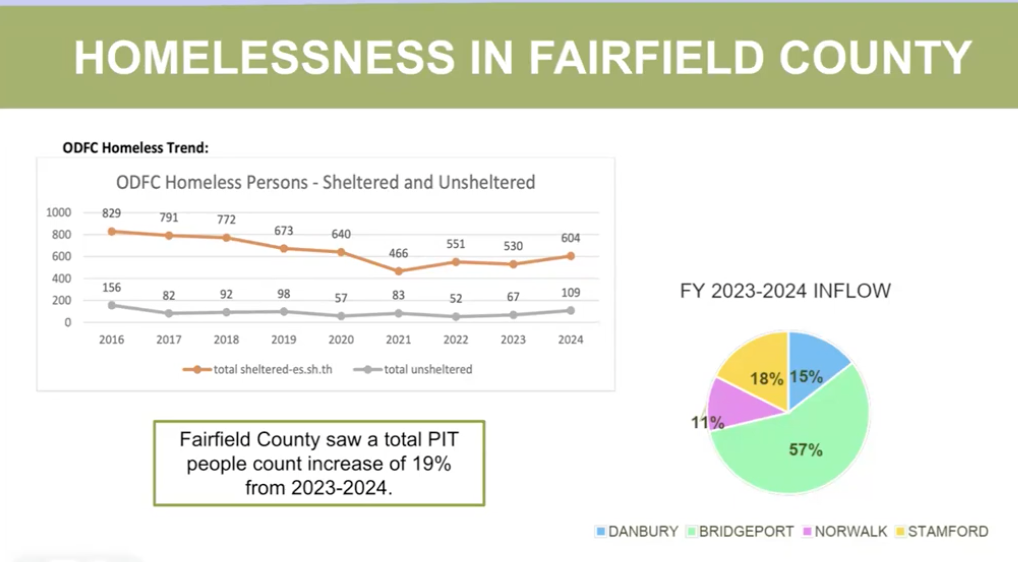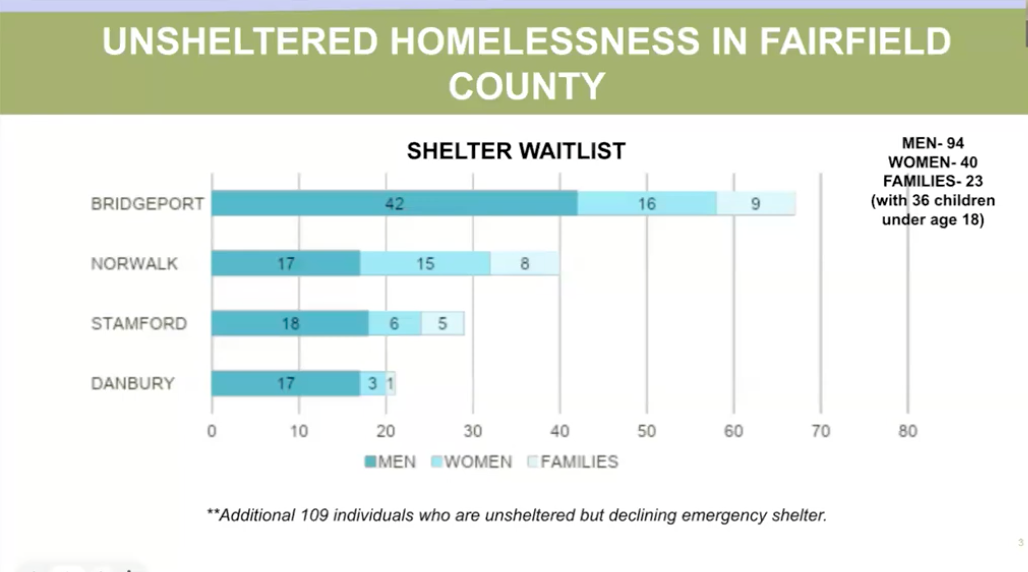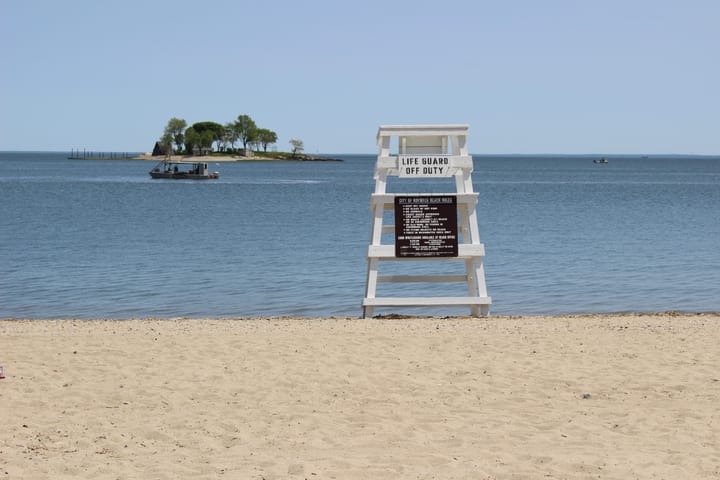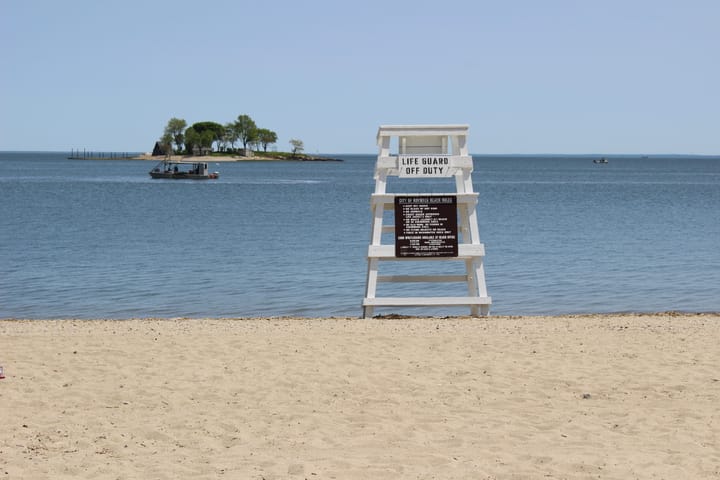With Homelessness on the Rise in Fairfield County, Stamford Invests in Warming Centers
Fairfield County saw a 19% increase in the total number of people who were homeless last year. As one way to address the issue, Stamford is investing in warming centers.

Across Fairfield County, homelessness is up 40% in the last three years and street homelessness is up by more than 70% in that same time. Those numbers are from David Rich, the CEO of the Housing Collective, a nonprofit which aims to bring together communities and resources and “create regional responses to homelessness and housing affordability,” speaking at this year’s “Fairfield County Talks Housing” panel event held in October.
Now, with colder temperatures arriving, Stamford is investing in one area to try and address this issue. The Board of Finance unanimously approved spending $600,000 in American Rescue Plan Act funds to expand warming centers for the next two years. The funds are from an additional $2 million Stamford received from the state earlier this year.
“After the pandemic, there was an uptick in homelessness, not only in Stamford, but across the country,” Bridget Fox, the mayor’s chief of staff, told the Board of Finance in September. “I'm sure many people on this call have been at the Stamford Transportation Center over the last several years, especially in 2021-2022 when it was a remarkable experience to be in the train station and have so many people sleeping there at night.”
A Look at Homelessness Across Fairfield County
Jessica Kubicki, chief initiative officer at The Housing Collective, noted that there was a 19% increase in the total number of people who were homeless in Fairfield County in 2023-2024 compared to the previous year. About 57% of those who were homeless are in the Greater Bridgeport area—so the city of Bridgeport and the surrounding towns, with about 18% in Greater Stamford, and 11% in Greater Norwalk.
In October, Kubicki pulled real time data and noted that there were 94 men, 40 women, and 23 families with 36 children that were homeless on that day.
“That means that they are in a car, they are in encampments, they are at the bus or train stations,” she said.
She noted that in addition to children, they’re also seeing a “significant surge in our elderly” population.
“We actually now have more than 25% of those on our shelter wait list that are over 62 and recently we've had people in their 80s accessing emergency shelter,” she said.

Why Is Homelessness on the Rise Across Fairfield County?
Officials pointed to the cost of housing around the state and across Fairfield County, as well as stagnating wages as the main drivers that have caused many individuals and families to become homeless.
“Our families, our parents, our grandparents, our kids, can simply no longer afford to live in the communities we called home,” Rich said.
He also noted that it is “economically unsustainable for the entire county to not have affordable, attainable housing for a majority of our workforce, whether there are teachers, nurses or retail workers.”
Rich estimated that there is “a deficit of over 25,000 affordable homes in Fairfield County alone.”
“We created this crisis by allowing our communities to severely limit the construction of new multi-family housing throughout the county,” he said.
Steve DiLella, director of individual and family support programs for the Connecticut Department of Housing, said across the state they’re seeing that they’re seeing a rise in homeless, particularly for elderly residents due to the “rapid increasing of cost of housing, whereas the increases in incomes, especially fixed incomes, has not kept pace.”
But he noted that’s also not the only reason, as others are driven into homelessness by “mental health issues, physical health issues, substance abuse” issues. He noted that it costs about $11,500 per person to shelter someone in the state for a year.
“That would be nearly $46,000 just to keep a household in in shelter, and that doesn't include all the auxiliary costs such as medical care and other traumas that may happen during a shelter stay, which would lead to a vastly higher cost of keeping somebody homeless over the course of a year,” he said.
Exploring Stamford’s Investments in Warming Shelters
Bridget Fox, the mayor’s chief of staff, told the Board of Finance in September that this funding would go toward supporting services that were “pulled together last year in response to the high population of homeless individuals that were staying at the Stamford Train Station and other parts of the city.”
“On an average winter night in 2022 and 2023, 40 people were sleeping at the train station,” Fox wrote in a memo to the board.
Last year, the board approved spending $225,000 to support warming centers and reduce the number of people sleeping outside. Warming centers provide places for people experiencing homelessness to stay overnight, and typically include access to showers and other hygiene services, and breakfast.
Fox said those efforts served 158 people last year and this funding would go toward continuing those warming centers that are run by local nonprofits that address homelessness in the city including Pacific House, Inspirca, and the Salvation Army.
“There has been an uptick in homelessness across the city,” Fox said. “I think people have seen that, and this is a response. As the winter months are coming, we want to do everything we can to mitigate people sleeping outside.”



